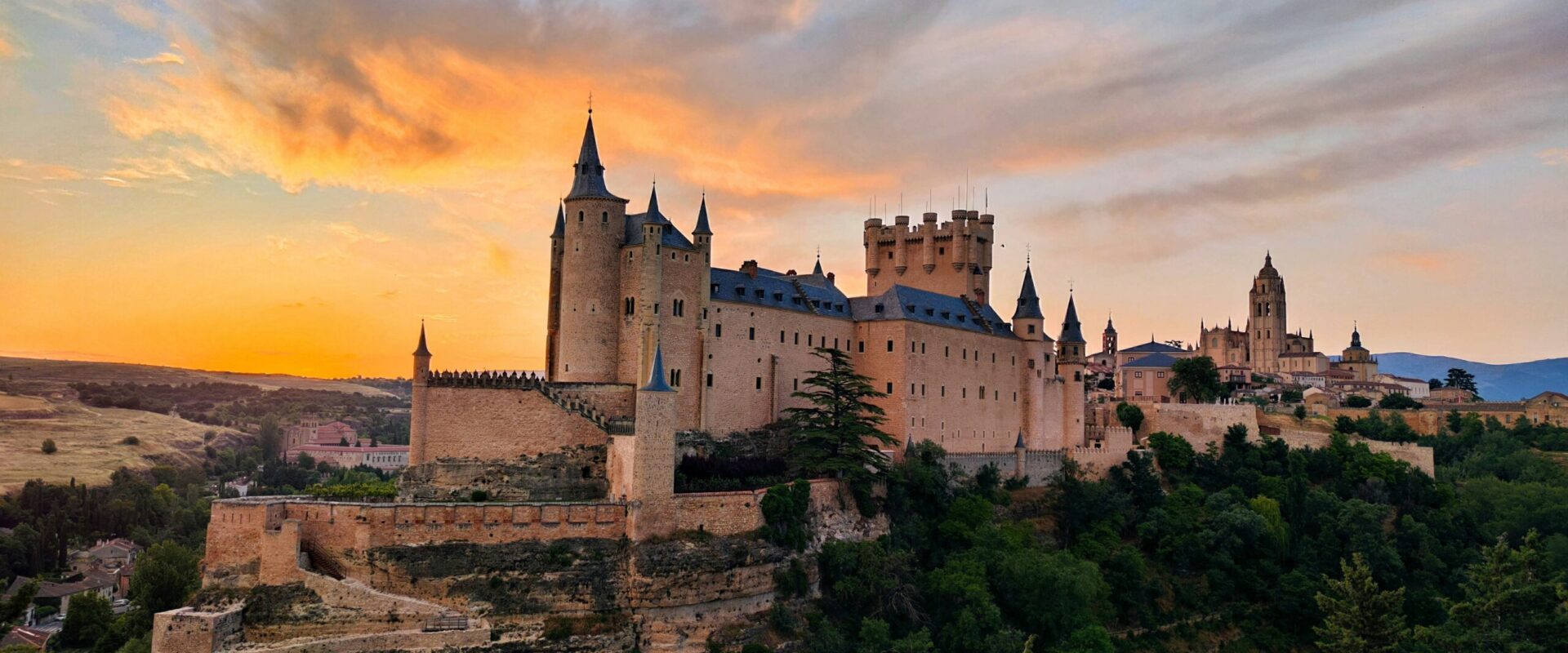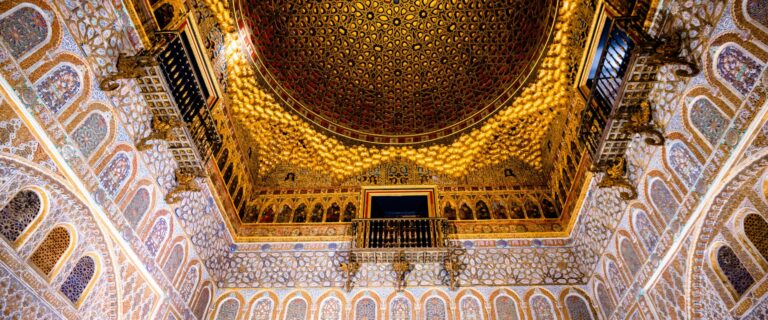Central Spain

This region comprises Extremaduran countryside, the harsh vine-growing regions of Castilla-La Mancha, small medieval towns and picturesque mountains.
Madrid is the capital and largest city in Spain. It was one of the most heavily affected during the Civil War. Although it is now a very modern city, it has preserved many of its historic neighbourhoods. It has a wide range of interesting landmarks and is considered one of the top European destinations for art galleries and museums.
Segovia is one of Spain’s most historic cities and has been declared a World Heritage Site. The aqueduct is its most emblematic sight, and visitors should also see the Alcazar, the beautiful cathedral in the centre of town and, of course, the ancient medieval city walls. There are also many churches and monasteries in the city. The principal historical features of Avila are the town walls and the Gothic cathedral, which forms part of those walls.
The old city of Salamanca is well known for its university but also has many interesting religious buildings, palaces, and museums. The Roman bridge is built on almost thirty arches. Surrounded on three sides by the Tagus River, the ‘Imperial City’ of Toledo contains many historical sites, including the Alcazar, the cathedral, and a central marketplace.







